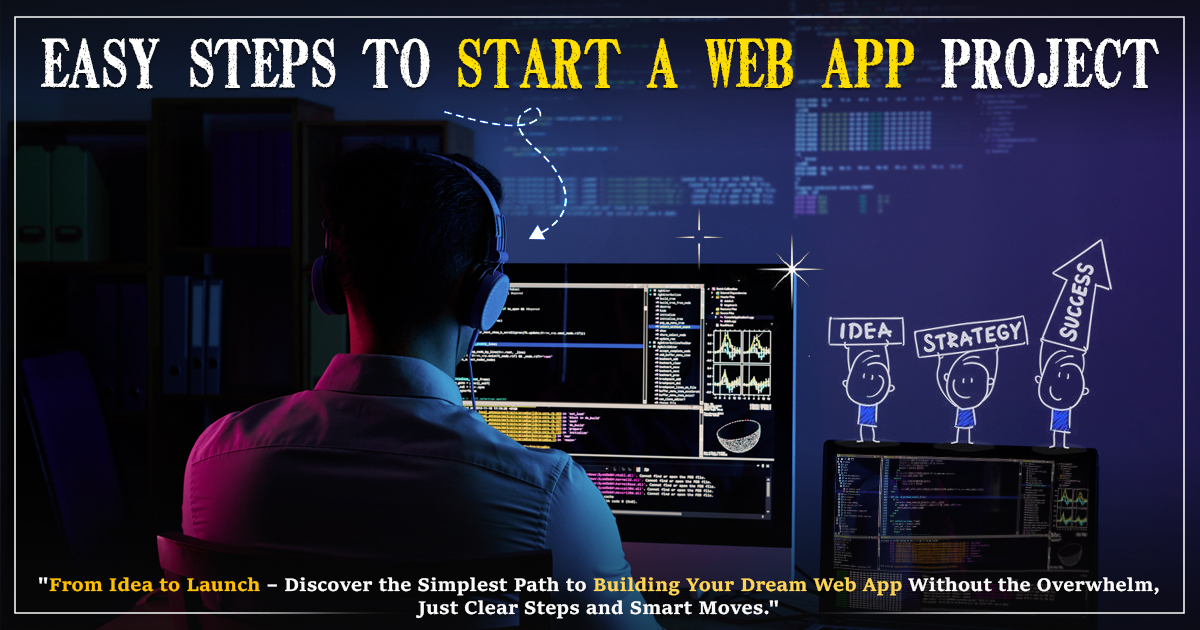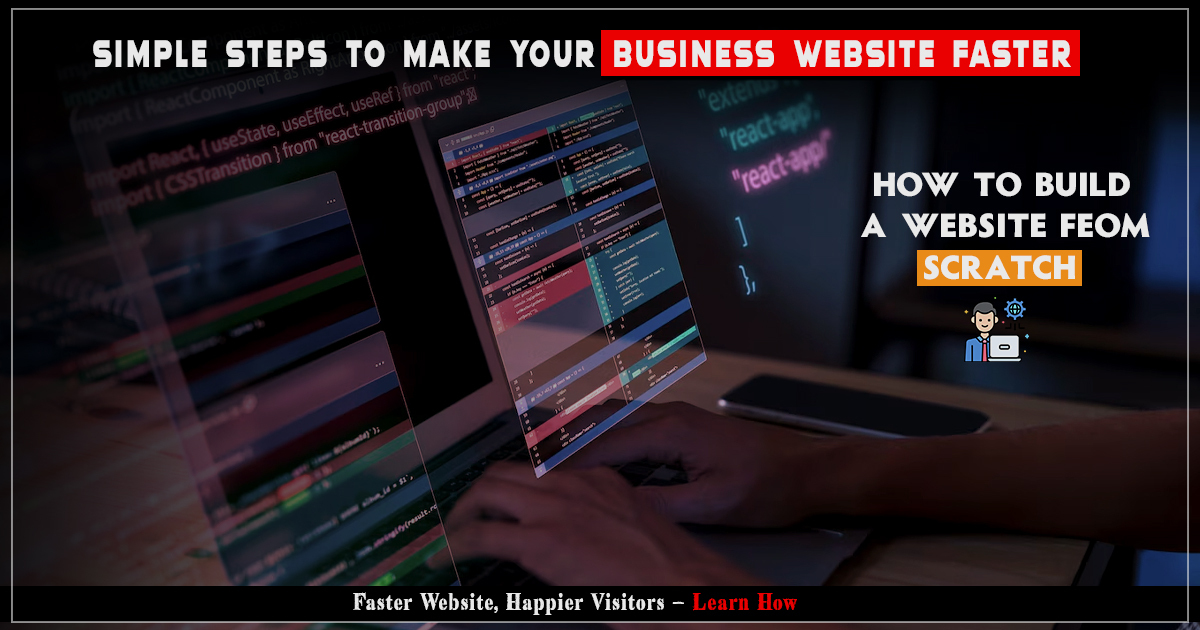People use websites and web apps every day. A web app is more than a page with just text and photos. A web app lets people do something online. For example, they can shop, book services, send messages, or manage their accounts. Web apps are used in schools, banks, hospitals, and shops. They help people do tasks faster using a phone, tablet, or computer. Web apps are helpful for both users & businesses. They can save time and money. If you have a business or a new idea, building a web app can help you reach more people. This guide shows you simple steps to begin a web app project with the help of an expert IT services provider. No need to be confused by technical language. Just read each step and follow along. Before building the app, first think about your idea. What will your app do? What problem will it solve? Why will people want to use it? Answer these questions in not more than two short sentences. Do not try to include many features in the beginning. Start with something simple and useful. Now think about the people who will use your app. Are they young or old? Where do they live? What kind of jobs do they do? What problems do they face in daily life? Try to really get to know your users. You should also look at other similar apps to your idea. Use those apps if possible. You can see what you can add to your app that other apps missed. Take their good ideas and make yours better. Now you have to write out a list of your app's basic features. Features are the activities that users can do in the app. For example, signing up, logging in, searching, sending messages, sending money, paying for something, etc. Pick only the most important features first. This short version of the app is called MVP, which means Minimum Viable Product. You can always add more features after users begin using your app and tell you things that you need to consider doing. It is important to consider both the time and cost at this stage. You must plan your budget. This means you must think about how much money you can spend. You may need to spend money on design, development, testing, support, & marketing. Do not forget to plan money for future changes or updates. Don't spend more than you can afford. You also need to decide how much time your project will take. A small app can take 2 to 4 months. A bigger app can take 6 months or more. It is a good idea to add extra time in case of delays. To make your app, pick the right tools. Use React or Vue.js for the front-end. For the back-end, choose Node.js or Django. Store your data in MongoDB or PostgreSQL. Host your app on AWS, Vercel, or DigitalOcean. If confused, take help from someone with technical knowledge. When building your app, you would require Business software support from a company or a freelancer. You can visit our website to find the best IT Services. Look at the past work of the company or freelancer. Have they made apps like your idea? Are those apps working well? Check their apps and reviews. See if they are skilled, honest, and finish work on time. Happy clients matter too. Before hiring an IT team, talk to them. Tell them your idea clearly. Try asking questions so you can know how they work. Do they understand your idea? Do they explain things in a simple way? Are they easy to talk to? A good team will listen carefully & ask you questions so they can understand your idea better. Ask the team how they will manage the project. Will they send you updates every week? Will they use tools like Trello, Slack, or Jira? Do they use a method like Agile or Waterfall to do the work? Also, ask what will happen if the project gets delayed or if you want to make changes. A good team gives clear answers to all your questions. Ask the team to send you a proposal. A proposal is a file that explains what work they will do. It must include the app features, the time it will take, the cost, & any support they will provide after the app is finished. Read this file carefully. If you see something that is not there, tell them to add it before agreeing. If you agree to the proposal, sign a contract. The contract should clearly state what work will be done, how long it will take, how much it will cost, how you will communicate with each other, and who will own the app and the code. A contract protects you and the team. You should also plan how you will communicate with the team. You may decide to have regular weekly meetings, or you may choose to use tools and project management systems to chat and check on the work. Having a meeting is the first step in starting work. Tell your Business software support team your goals clearly. Discuss tasks, deadlines, and how feedback will be shared to keep everything clear and well organized. Communicate with the team. Ask for updates weekly or as you set out in the contract. Join meetings and give feedback quickly. Do not wait too long. Your feedback helps the team fix any problems early. Use tools like Trello or Jira to check the work. These tools show which tasks are done and which are not done. You can see if the project is on schedule. If there is any problem or delay, talk about it soon. Solving problems early saves time and money. Test your app well before launch. Test your app on mobiles, tablets, and computers using different browsers. Let others test too. Fix all issues. Make sure the app is simple and works well for everyone. When testing is finished, you can launch the app. Check everything again. Make sure the hosting, domain name, and database are working. Make sure the function and speed of the app are great. After launch, keep checking the app. Fix any bugs that users report. Listen to feedback. After that, regularly provide updates. It is a good practice to regularly add features that your users want.Step 1: Plan Your Web App
Step 2: Find The Right IT Services Provider
Step 3: Work With The IT Team
Blog Details
- Blogs
- <
- Easy Steps To Start A Web App Project




(0) Comments: